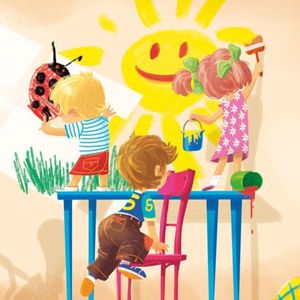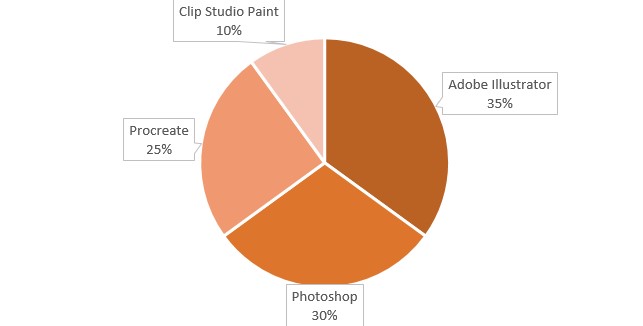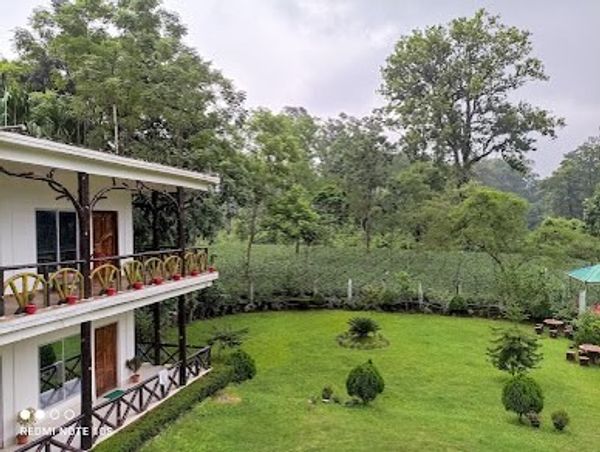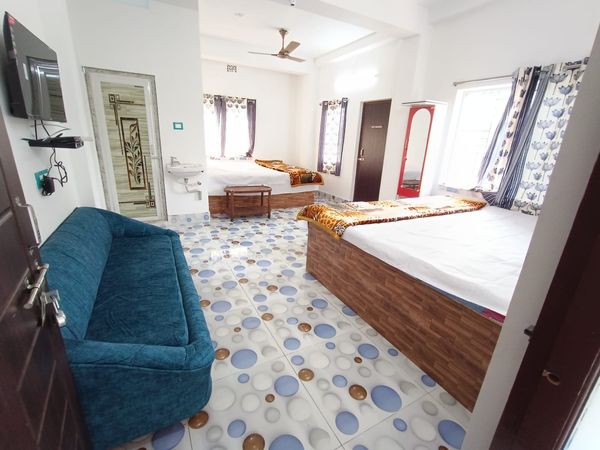Bring Life to Your Magazine Illustrations with the Best Tools, Trends, and Techniques
 Margaret Smith
26 Jul, 2025
9 mins read
38
Margaret Smith
26 Jul, 2025
9 mins read
38

A magazine illustration plays a significant role in storytelling. Their role is beyond decoration. Each one of them carries emotions, sets the tone, and helps the readers connect with the story visually.
In the digital world, where readers take seconds to scroll down content, an eye-catching illustration stops them from spending time to see the details. Whether it is a thought-provoking editorial or a playful lifestyle piece, the images need to stand out. The question is how to stay on top in the competitive world. This blog will help you explore some of the tools, trends, and techniques that can help you take your magazine images to the next level.
The Tools behind the Magic
Today's illustrations utilize a robust set of digital tools that help make the process easier, faster, and more creative. Although traditional tools such as pencils, inks, and paints are still used, they are often blended with digital platforms for cleaner and more flexible results. There are some designing software programs that individuals still trust in the industry.
Out of the long list, Procreate is one of the most popular ones among the young generation due to its simple interface and portability. Photoshop remains the dominant choice for layering, textures, and effects. The graph explains this information:

Staying Up With the Trends
Illustrations evolve and are now reflecting global trends. Minimalism was the dominant style for a magazine-like childrens magazine illustration for years, but it has now given way to expressive and detailed artwork. A significant rise is seen in hand-drawn textures, nostalgic color palettes, and bold storytelling pieces.
Another growing trend is mixed media. Artists are combining pencil sketches with digital effects, photographs with line art, and watercolor with vector shapes, creating something unique. Magazines love this fresh feel, especially when portraying human emotions, culture, and creativity.
And we cannot neglect the inclusivity. Illustrators are asked to depict a diverse range of people, cultures, and ideas. Representation matters, and magazines ensure that the artwork reflects real diversity.
Techniques Bringing Life to Art
With the best tools, the techniques are crucial in shaping the illustration. One of the techniques to hook attention is through layering storytelling. This process involves adding multiple visual elements to a single image, telling more than one story. This is common in editorial spreads that cover social issues and complex emotions.
Another popular approach is the use of dynamic composition. Illustrators use tilted angles, movement, and asymmetry to add energy, rather than centering everything. This helps in hooking the readers to build their interest.
Texturing has a vital role. You can use it in digital format to add natural grain, fabric textures, and brushstrokes, giving a human feel. This reflects to the viewers that a real person has worked on the art rather than the machine.
Turn Your Inspiration into Execution
After you have learned the tools and the techniques you can use to design the art, it is time to focus on how to bring those into a final, polished illustration.
· Sketch, refine, and repeat
The foundation of a great illustration is a strong sketch. Whether you have started with a detailed pencil drawing or a rough thumbnail, the sketch will help you map out the composition, character placement, and flow of the scene. Professionals, like a children's book illustrator, design multiple versions before finalizing their idea.
After you are happy with the sketch, you can refine it. This is the time when digital tools can shine. You can adjust proportions, move elements around, and test different color palettes without having to start from scratch. With the help of layers, you can separate background, middle ground, and foreground to make the edits more efficient.
· The connection between colors and mood
Colors have a hidden meaning and convey messages that are louder than words. The right color palette sets the mood of the magazine illustration. For example, colors like orange and red evoke a sense of excitement, while blues and purples are associated with coolness and calmness.
Many illustrators use limited color palettes, creating a stronger identity for their work. This makes the artwork feel more cohesive and easier for the readers to recognize. Another key is contrast. A good contrast between light and dark areas ensures that the illustration stands out in print.
· Typography
Magazine layout comprises text and visuals. This means the illustrators need to leave some space for the headlines, quotes, and captions. Brilliant illustrators plan their designs in a way that there is enough room for every detail without giving a cluttered feel. Some professionals weave their artwork into the text to create a connected feel.
This collaboration between the illustrator and designers is essential. No one wants beautiful drawings to be hidden behind the text. With the help of communication, editors or designers request the final layout before they begin their work.
FAQs
What are the popular tools for a magazine illustration?
The most common and popular ones are Adobe Illustrator, Photoshop, Procreate, and Clip Studio. Each one is beneficial in its own way.
Is the worth of traditional tools still relevant?
Traditional ones, such as pencils and ink, are still used. They are merged with the digital ones for a unique touch.
What are the trends in magazine artworks?
Some of the trends include hand-drawn textures, mixed media, nostalgic color palette, and inclusive representation.
What is the connection between the mood and the color palette?
The color palette is dependent on the mood. For instance, reds and oranges are used to bring energy and passion to the image. If the illustrations need some cooling effect, blues and purples can bring calmness and creativity.
The Final Comment
Magazine illustration is a mixture of art, storytelling, and communication. Using the right tools and aligning them with the trends and refined approaches, you can make your work memorable. Every line drawn and the color chosen have the power to influence the reader’s mood, thoughts, and emotions. Continue sketching and exploring new ideas. You are not far from the masterpiece that everyone will talk about.
Written By:
Margaret Smith



Hotels at your convenience
Now choose your stay according to your preference. From finding a place for your dream destination or a mere weekend getaway to business accommodations or brief stay, we have got you covered. Explore hotels as per your mood.





